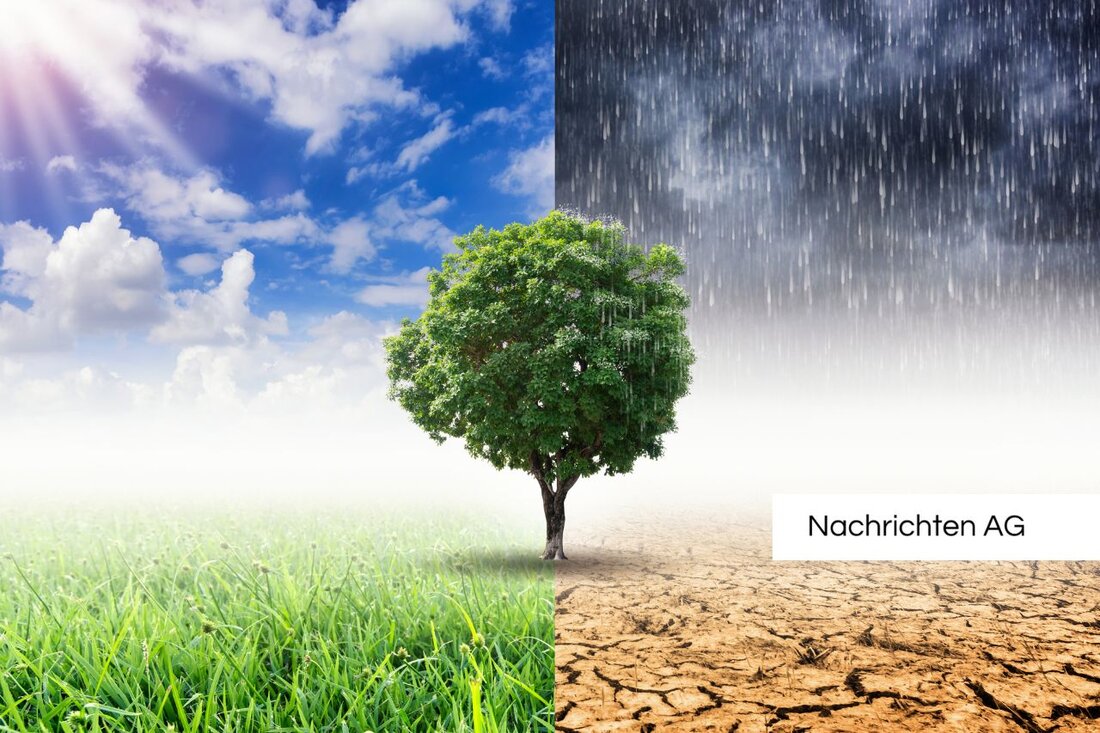Berlin 2050: This is how Emilia revolutionizes life in the sustainable city!
Experience Berlin's vision for 2050: sustainable urban development, innovative mobility and climate -friendly life in the heart of Europe.

Berlin 2050: This is how Emilia revolutionizes life in the sustainable city!
In 2050, the vision of a sustainable and innovative lifestyle in cities like Berlin became a reality. This is shown by the fictional figure Emilia, who moved to Treptow, a district in southeastern Berlin a week ago. Their lifestyle reflects the changes caused by climate -political measures and social developments. Emilia wears a T-shirt from a clothing store and a skirt that she received from her mother, which underlines the departure from the disposable company. The times of Fast Fashion, in which clothing was often only worn once and then disposed of, are hardly imaginable for them. Your roommate, Sophia, is a installer for solar modules, a professions that is highly in demand in this new world.
Emilia studies sustainable fashion and hopes for an early job in this area. The city has introduced comprehensive measures to improve the quality of life, including wastewater avoidance and the improvement of water quality in the Spree. Swimming in the Spree used to be forbidden, but now it is possible. These changes are part of the efforts to make Berlin an urgent question of sustainability.
Sustainable urban development and social responsibility
The economic and social changes in Berlin are embedded in a larger context. Germany has to reduce climate -damaging emissions and at the same time improve the quality of life of its citizens. The BUND therefore finances transformative projects by the BMFTR in order to protect natural livelihood and to secure the competition. These initiatives combine ecological sustainability with economic innovations and support cities in the implementation of science -based measures.
A third of the streets of Berlin were sealed, which contributes to the storage of rainwater. Urban agriculture is also on the rise, with roof farms and vertical cultivation systems that enable more local food production. Emilia has now got used to a predominantly vegetable diet and even enjoys a 3D printed steak. It is also new that mangoes are grown in Berlin, which was previously unthinkable.
The role of renewable energies
In the future of Berlin, the city will be completely supplied with renewable energies. Emilia's apartment uses a smart home system for efficient energy and resource use. The residents have caused the drought time to collect rainwater and raise awareness of water consumption. Emilia's grandmother even removed the bathtub to make room for rainwater storage. The Berliners show a strong sense of responsibility for trees and plants that contribute to the cooling of the urban environment and to reduce CO2 emissions.
A modern transport system with free local transport and air -conditioned cars complements the city administration's focus on sustainable mobility, which is essential for a climate -friendly and economically successful city. High -speed trains enable residents to travel to Helsinki in just five hours, while air travel take place less often and are usually only used for continental change.
The approach of sustainable urban development is based on the principles of economic efficiency, social justice and adaptation to environmental conditions, as in the Ginn-Portal. From the municipal to the national level, the participation of citizens is promoted to improve living conditions in the cities. Projects to promote sustainable solutions are the key to the successful implementation of an environmentally friendly future.
The efforts of activists, scientists and politics to combat climate change already have an effect and make the city appear more livable than it was a few years ago. Emilia's parents, in their fifties, are impressed by these developments and positive orientation. Berlin has set off to become not just a city for the present, but above all for the future.

 Suche
Suche
